Hi there, pet lovers! 🐑
Sheep are among the most rewarding livestock for small farms and homesteads. They provide wool, meat, milk, and even lawn maintenance while being relatively low-maintenance compared to larger livestock like cows. However, raising sheep successfully requires proper knowledge of their needs, from pasture management to parasite control.
This guide covers everything a beginner needs to know before bringing sheep home—handling, feeding, housing, health management, and cost considerations. Whether you’re raising sheep for fiber, meat, or as grazing companions, this review will help you make informed decisions.
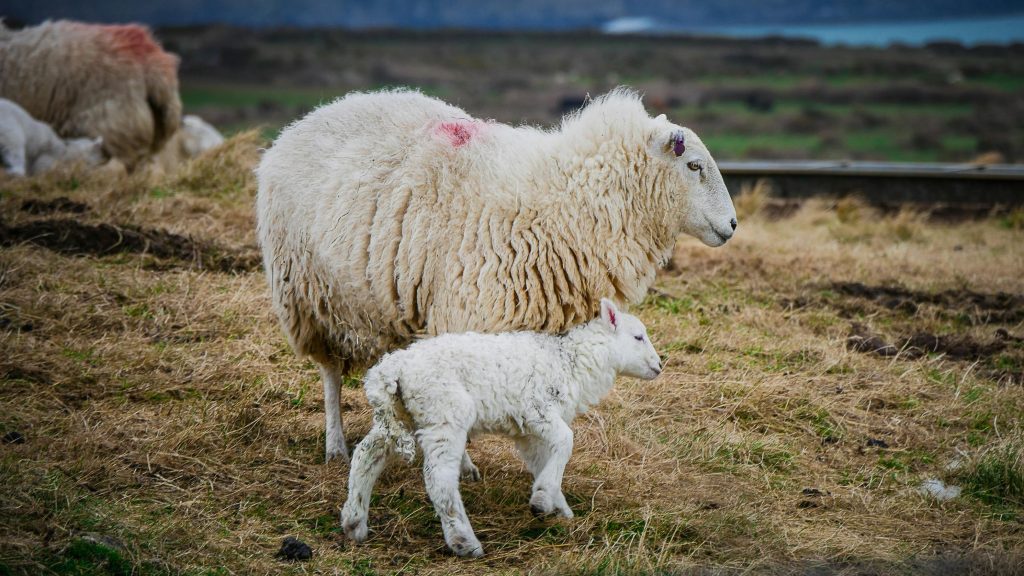
Overview
Sheep are hardy, social animals that thrive in well-managed pasture systems. They are excellent for small-scale farming but require attention to diet, shelter, and disease prevention. Here’s a quick summary of what makes them a great (or challenging) choice:
- Handling and Temperament: Generally docile but flighty; require gentle, consistent interaction.
- Care and Maintenance: Need rotational grazing, parasite control, and secure fencing.
- Health and Durability: Prone to worms, hoof rot, and predator attacks if not managed properly.
- Availability: Widely accessible through breeders, auctions, and livestock sales.
- Cost: Affordable to purchase but require investment in fencing, feed, and healthcare.
- Overall: A rewarding livestock option for those willing to invest time in proper management.
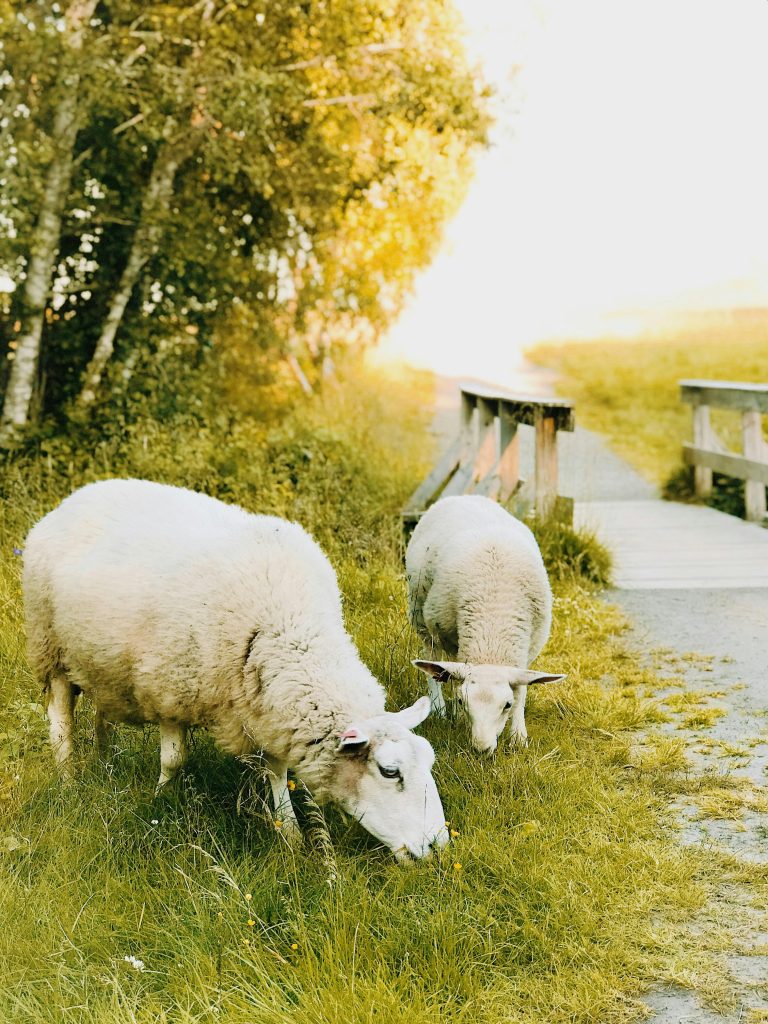
Why Choose Sheep?
Sheep are versatile animals that fit well into small farms, homesteads, and even larger agricultural operations. They provide multiple resources:
- Meat (Lamb/Mutton) – Fast-growing lambs can be ready for processing in 6-9 months.
- Wool – Breeds like Merino and Rambouillet produce high-quality fiber.
- Milk – Dairy sheep (e.g., East Friesian) yield rich milk for cheese and yogurt.
- Land Management – Sheep naturally control weeds and fertilize pastures.
Their social nature means they do best in flocks, so keeping at least two sheep is strongly recommended to prevent stress.
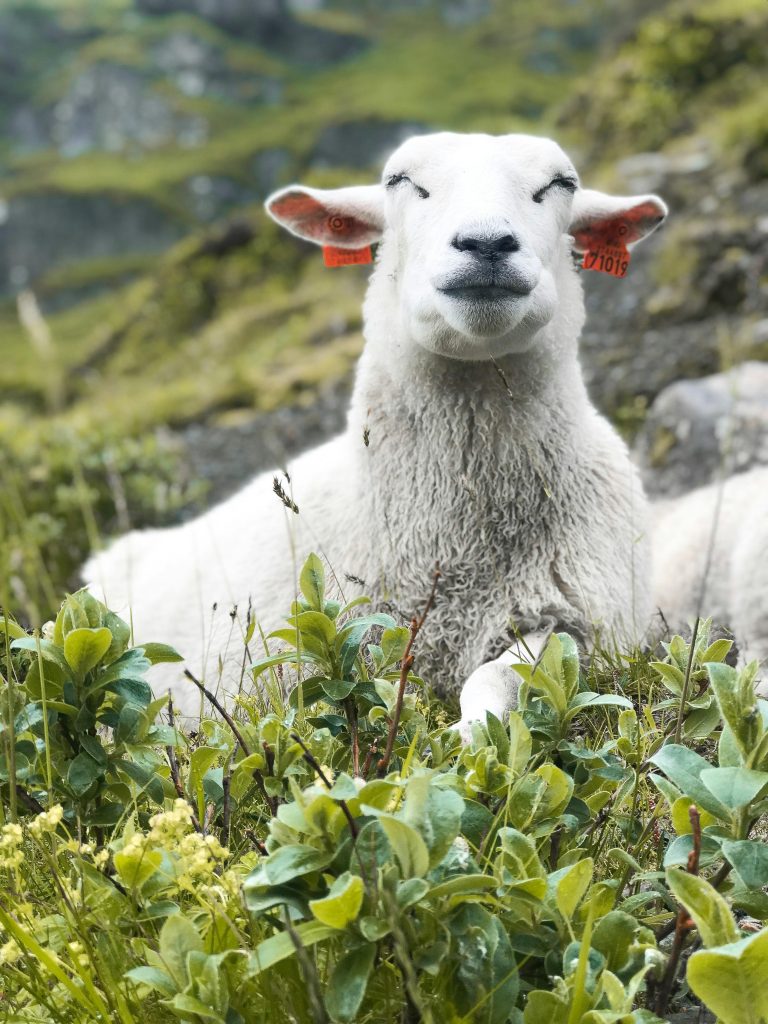
Handling and Temperament
Sheep are prey animals, which means they are naturally skittish but can become accustomed to human interaction with patience.
Personality Variations
- Some sheep are curious and calm, while others remain nervous and flighty.
- Lambs raised with frequent human contact tend to be more trusting as adults.
Handling Tips
- Move slowly and quietly to avoid startling them.
- Use a sheep pen or cornering method for catching (never chase).
- Train sheep to follow a feed bucket for easier movement.
Biting and Aggression
Sheep rarely bite, but rams (especially intact males) can become aggressive during breeding season. Proper fencing and handling precautions are essential.
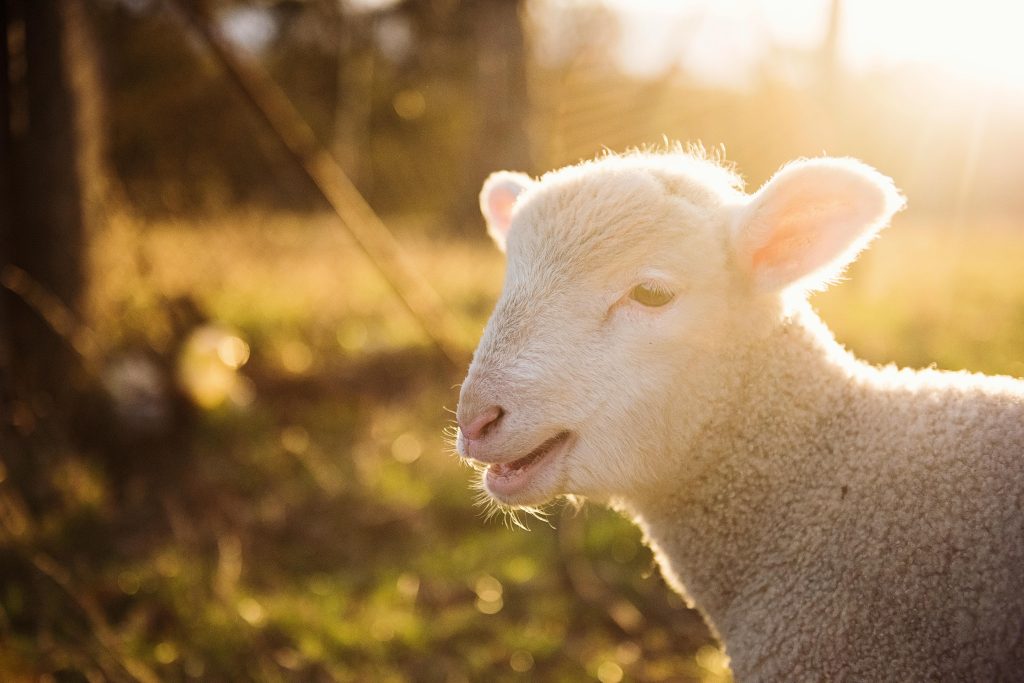
Care and Maintenance
Sheep thrive on good pasture, clean water, and proper shelter. Their care requirements vary by breed and purpose (meat, wool, or dairy).
Housing and Shelter
- Basic Shelter: A three-sided shed protects from wind, rain, and extreme sun.
- Space Requirements: At least 15–20 sq. ft. per sheep indoors and 1/2 acre per 3–4 sheep for grazing.
- Bedding: Straw or wood shavings help keep them dry and comfortable.
Feeding
- Pasture: High-quality grass should be the primary diet.
- Hay: Required in winter or drought (grass hay, alfalfa for pregnant/nursing ewes).
- Grain: Only supplement as needed (overfeeding causes digestive issues).
- Minerals: Provide sheep-specific mineral blocks (avoid cattle minerals—copper is toxic to sheep).
Rotational Grazing
- Prevents overgrazing and parasite buildup.
- Divide pastures into smaller paddocks and rotate every 7–14 days.
- Rest periods allow grass to regrow and break parasite cycles.
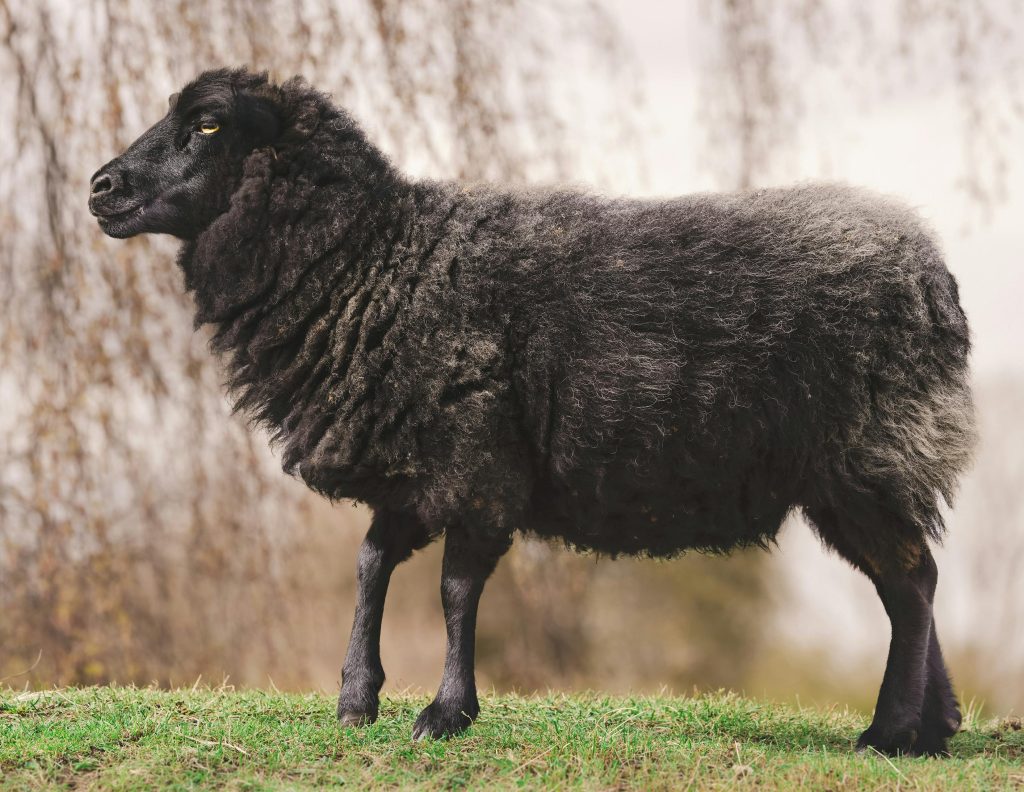
Health and Durability
Sheep are generally hardy but vulnerable to parasites and infections if not monitored.
Common Health Issues
- Internal Parasites (Worms) – The #1 threat; causes weight loss, anemia, and death.
- Prevention: Fecal testing, rotational grazing, strategic deworming.
- Treatment: Use correct dosages (follow vet or extension guidelines).
- Hoof Rot – Caused by wet, muddy conditions.
- Prevention: Keep pastures dry, trim hooves every 6–8 weeks.
- Respiratory Infections – Often due to poor ventilation in barns.
- Predators – Coyotes, dogs, and foxes are major risks.
Preventative Care
- Vaccinations (e.g., CDT for clostridial diseases).
- Regular hoof trimming.
- Quarantine new sheep for 2–3 weeks before introducing them to the flock.
Lifespan
Sheep typically live 10–12 years, though production flocks (raised for meat or wool) often have shorter lifespans due to culling and farming practices. Proper care, nutrition, and parasite management are key to ensuring a long, healthy life.
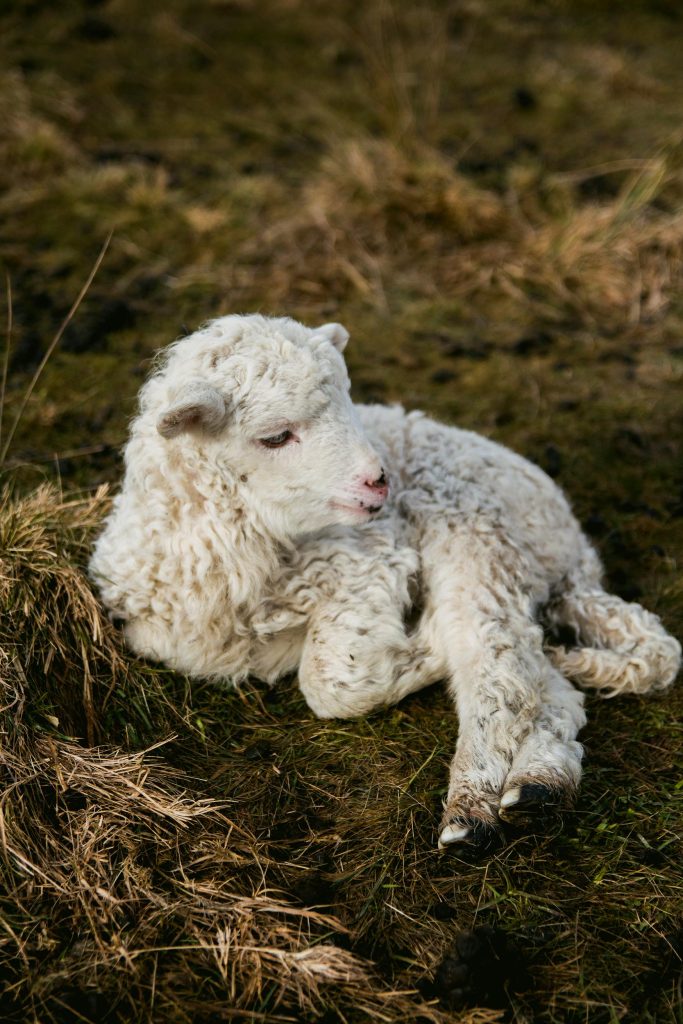
Availability and Cost
Where to Buy Sheep
- Local Breeders – Best for healthy, well-cared-for stock.
- Livestock Auctions – Riskier (may have unknown health issues).
- Online Listings (Craigslist, Facebook Groups) – Research sellers carefully.
Cost Breakdown
- Sheep Price: $100–$300 per animal (higher for registered breeds).
- Fencing: $500–$2,000 (depending on acreage).
- Feed/Hay: $100–$300 per sheep annually.
- Medical Care: $50–$150 per year (vaccines, dewormers).
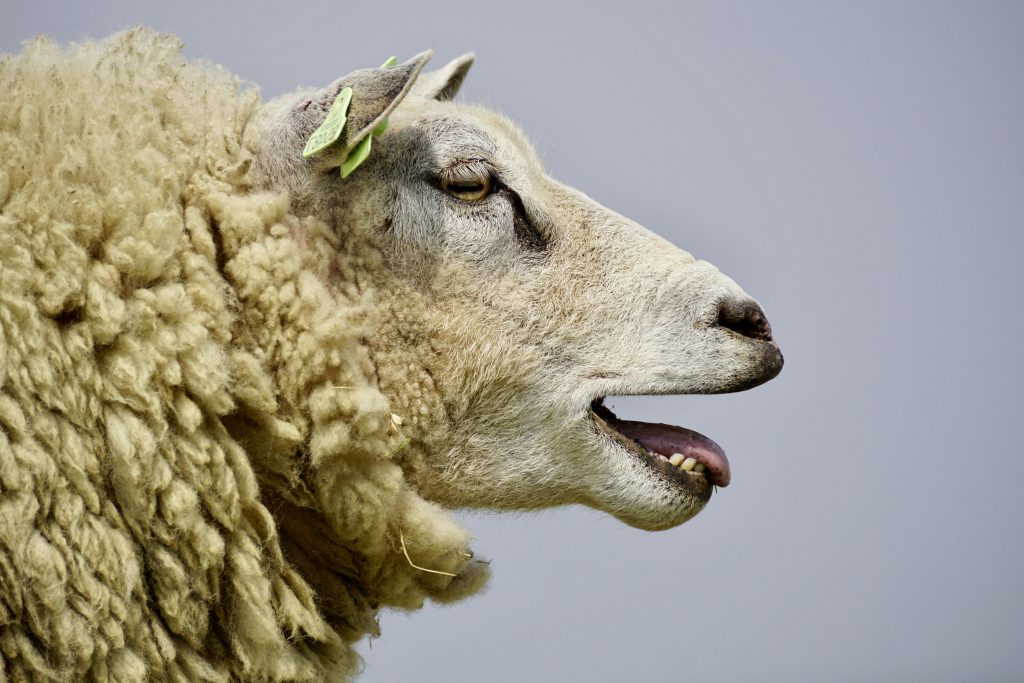
Pros and Cons
Pros
✔ Multi-purpose (meat, wool, milk, land management).
✔ Easier to handle than cattle or goats (for many beginners).
✔ Efficient grazers (good for small acreage).
Cons
✖ Parasite-prone (require vigilant management).
✖ Need strong fencing (escape artists if stressed).
✖ Predator targets (require protection).
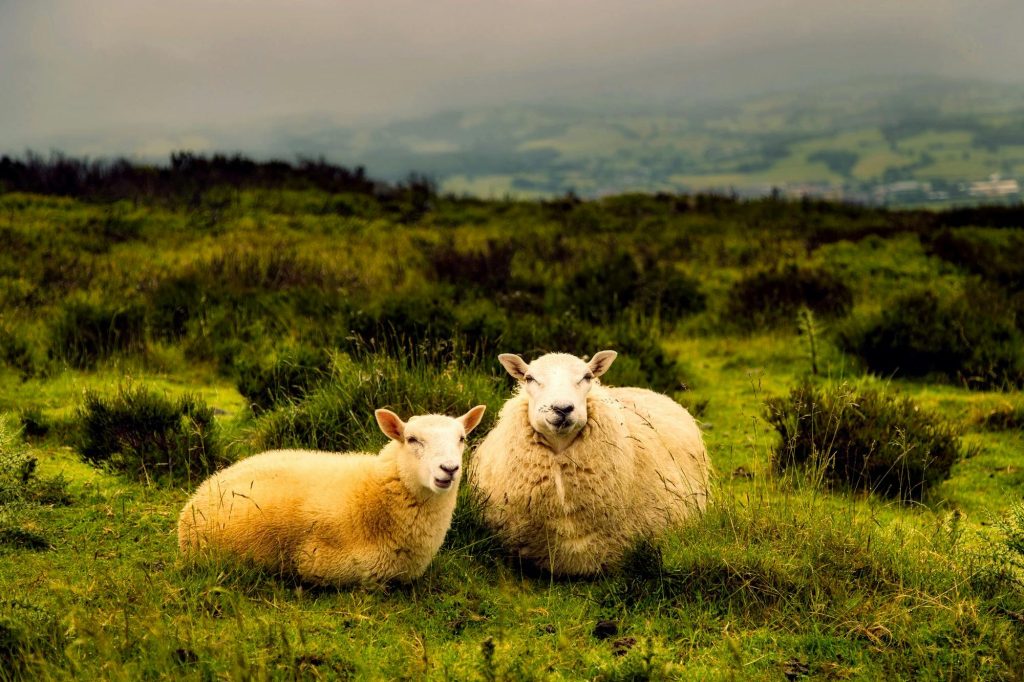
Final Thoughts
Sheep are an excellent choice for small farms, but success depends on proper management. By focusing on rotational grazing, parasite control, and predator protection, even beginners can raise healthy, productive flocks.
For those considering sheep, start with a hardy breed suited to your climate (e.g., Katahdin for meat, Merino for wool). Visit local farms, ask questions, and always quarantine new sheep to protect your flock’s health.
Have experience raising sheep? Share your tips in the comments below! For more livestock guides, stay tuned to our blog. 🐑

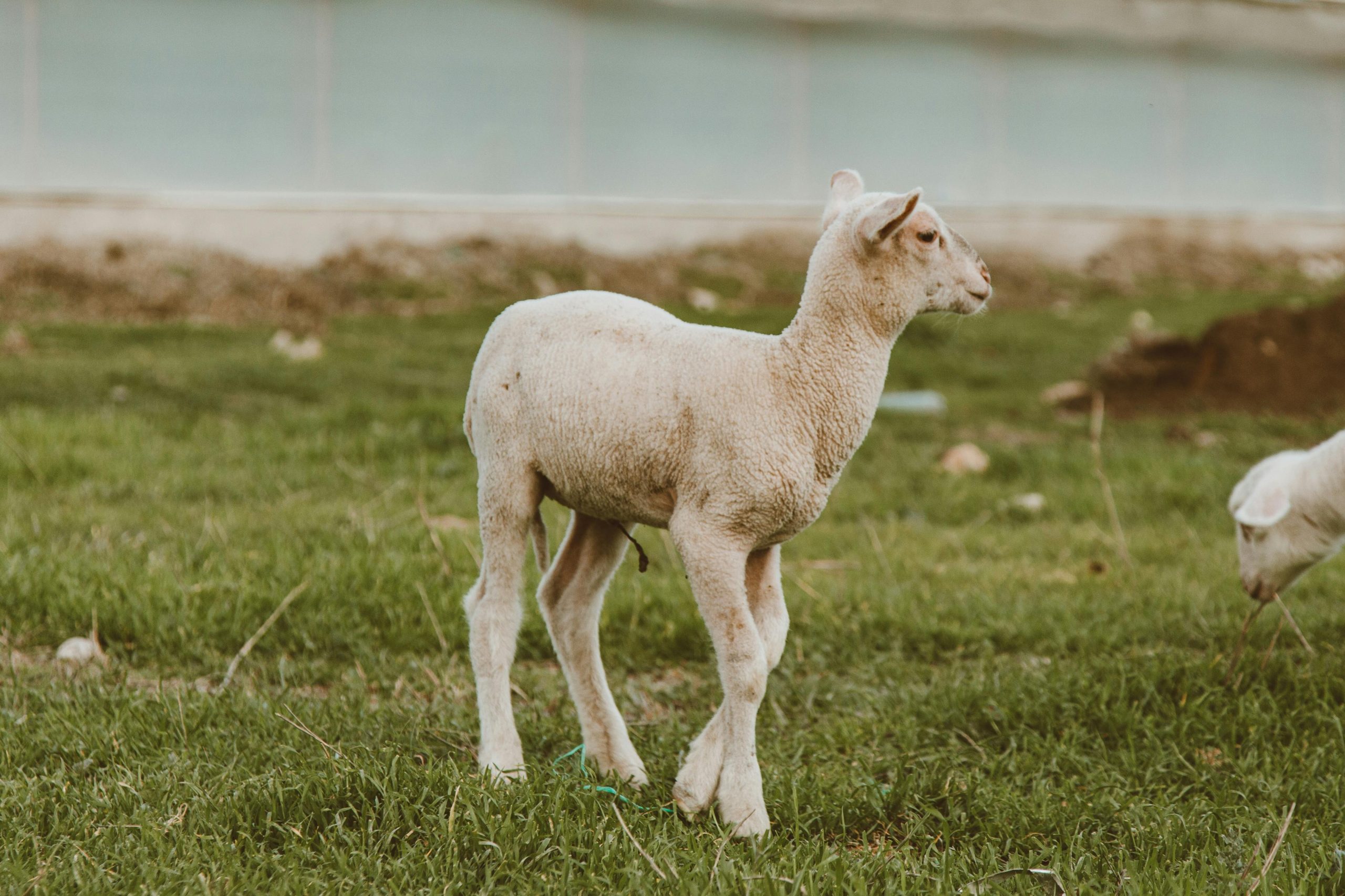

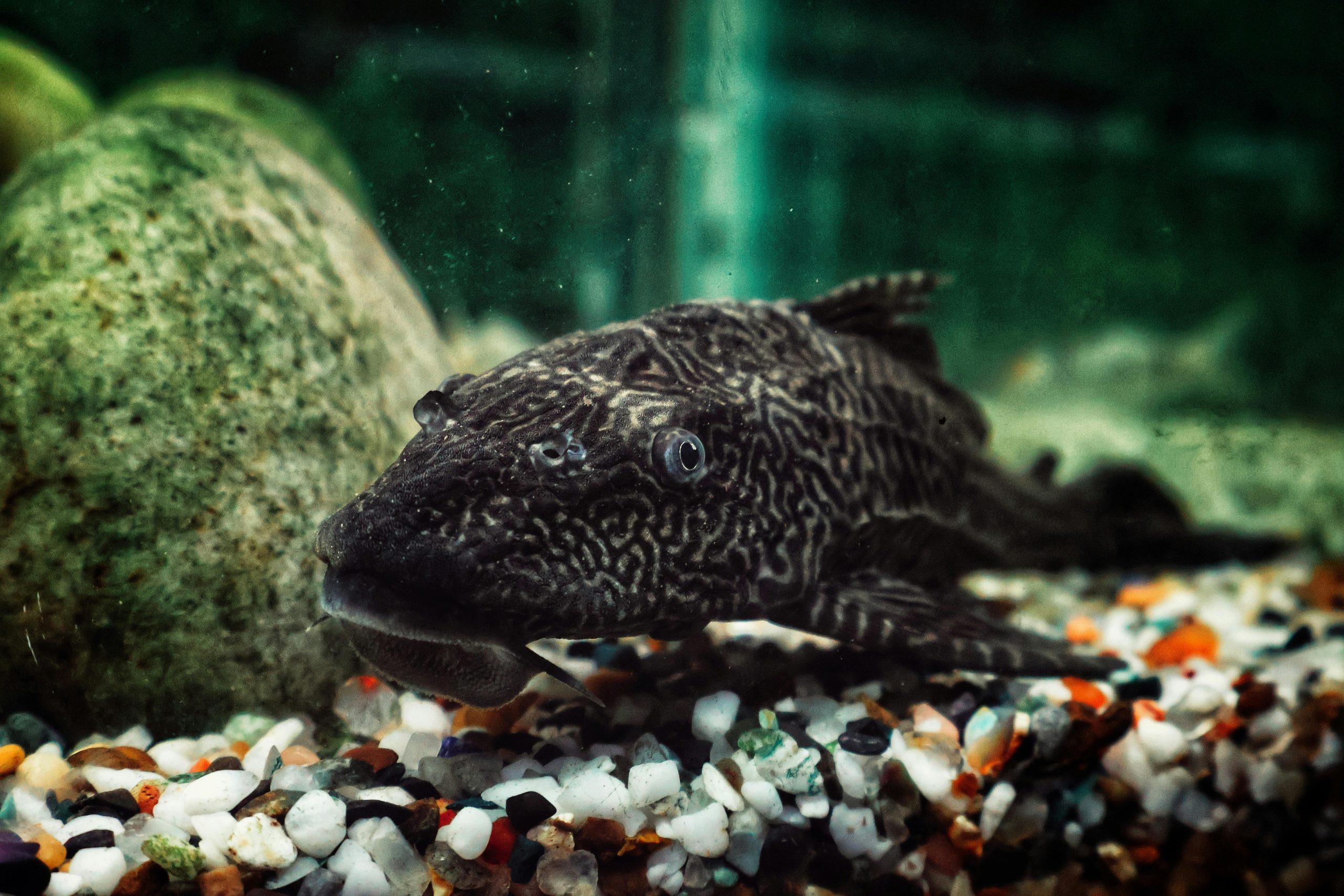
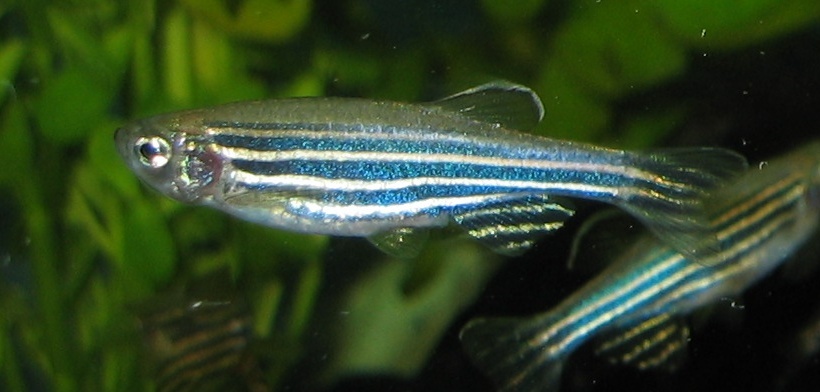
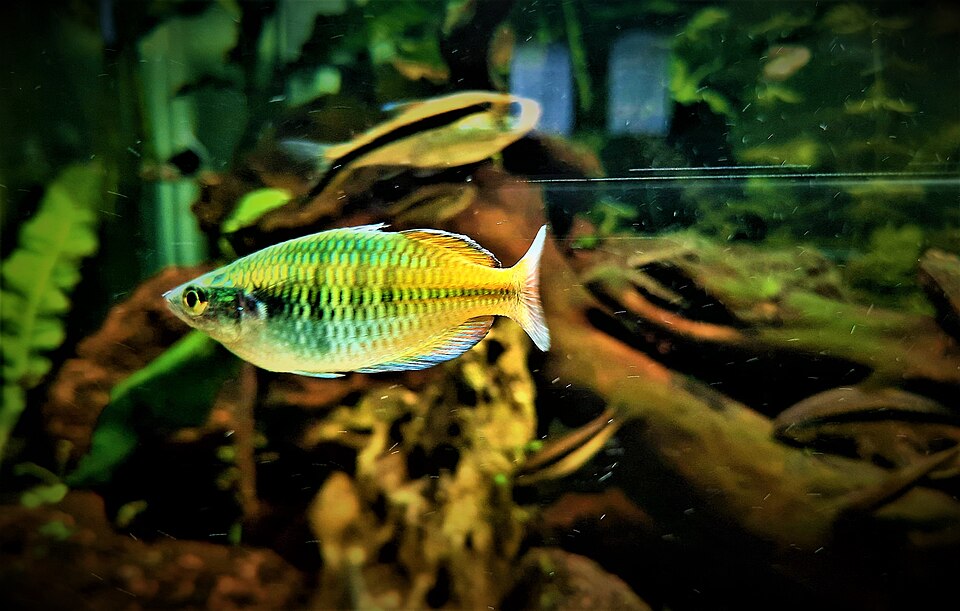


Leave a Reply